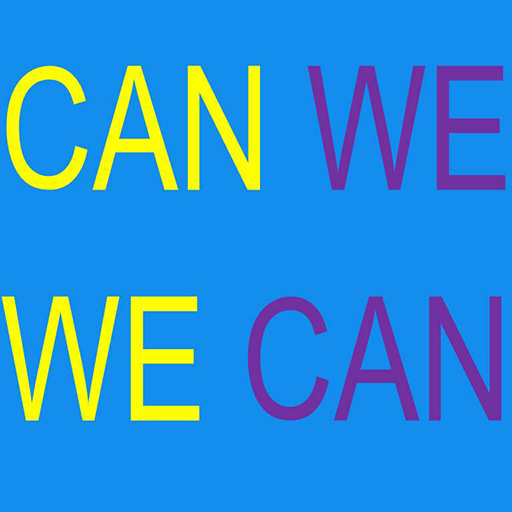Carbon Negative Water and Energy
CanWe
What we do to fulfill our mission, promoting markets to combat climate change, store energy, and manage water resources
Carbon Negative Water and Energy is NOT a political lobbying group or campaign. We build the partnerships and assess the resources necessary to implement carbon sequestration projects worldwide, producing hydrogen and lithium energy carriers where possible, and treating water. Water and carbon carbon byproducts are used for acid neutralization, soil treatment, and delivering carbon to biomass (algae, soil, wetlands, forests, etc.). Some of the carbon byproducts can also be used in other industries such as steel and cement production.
Unless a time arrives where showcasing a project is beneficial to, and desired by, the parties involved, CanWE preserves all client confidentiality. In fact, in most cases this is required to avoid potential conflicts of interests and even “insider trading” until projects are officially announced. Some of these projects are potentially large enough to affect the market values of companies, resources, and products.
CanWE’s value as a non-profit is to facilitate the required handshakes: to remain a neutral party in the communication and negotiations necessary to start these projects. CanWE’s previous incarnation as an LLC met resistance to these ideas, owing to both the business and political climate surrounding potential projects, and when the intentions and motivations of yet another for-profit company were unclear.
For both educational and marketing purposes CanWE will feature feasible technologies. CanWE also realizes that sponsorships are part of the life-blood of the organization. Now that the nation understands the term “quid pro quo,” CanWE uses the term to emphatically state these relationships will NOT be “quid pro quo.” CanWE will also feature exciting new research discoveries, both within the organization and as officially released from government laboratories and university research. CanWE will also identify needed research areas.
Specifically, CanWE:
- Identifies existing industries, people, and ongoing projects that may benefit from these technologies for both GHG mitigation and meeting waste disposal requirements.
- Assesses both the quality and quantity of brine and freshwater resources as inputs to both carbon sequestration and energy carrier production projects.
- Assesses available energy resources for both carbon sequestration and energy carrier production projects. Available energy may include both fossil fuel and renewable energy. Remote “off-the-grid” projects, such as desert brine production or oil field methane burning, will likely favor wind or solar electrical production.
- Identifies available CO2 or CH4 resources for carbon sequestration projects. OFTEN TIMES BRINE ALREADY SITS RIGHT NEXT TO CO2 AND/OR CH4 IN INDUSTRIAL AREAS. In these cases, “flue stack capture” (FSC) technologies are most likely ideal. In other areas, such as remote regions, CO2 is available in ambient air. In these cases, “direct air capture” (DAC) technologies are most likely ideal.
- Identifies industry markets for byproducts of carbon sequestration products. For example, CanWE recently discovered that a company, producing a CaCO3 carbonate solid byproduct, was transporting the carbonate to a disposal well where the CO2 is re-liberated and injected underground (UI). CaCO3 is a raw material for steel and cement manufacturing. We are in the process of finding a buyer for the CaCO3.
- Note 1: Solid carbonate is a safer way to transport carbon to a disposal site than pressurized pipeline transport due to the potential for gas leaks. Gaseous CO2 is not only an asphyxiant, but at high concentrations is a lethal gas.
- Note 2: Re-use of carbonate in industry such as steel or cement manufacturing re-liberates CO2, but currently CaCO3 is actively mined from limestone. CanWE believes that recycling the CO2 is a better option.
- Note 3: Alternatively CaCO3 or HCO3 can be used in water treatment to raise and stabilize pH. Though this may also re-liberate CO2, eventually HCO3 levels stabilize as a buffer in groundwater and surface water.
- Identifies point source (e.g. acid mine drainage) problems that may benefit from water treatment using direct application of HCO3
- Identifies nonpoint source (e.g. acid precipitation) problems that may benefit from water treatment using non-point application of HCO3 to either soils or de-icing (e.g. road salting).
- Identifies areas, impacted by salinization of groundwater and/or surface water from de-icing, to replace chloride-based road salts with bicarbonate-based (HCO3) road salts.
- Conducts research, or coordinates research institutions, to solve problems identified in deploying these technologies. An example recently discovered: bicarbonate salts in these technologies are designated MHCO3 or MCO3 where M is a variable cation. Though M is usually Na or Ca, these may not be the most ideal cation for road salts. A quest for the best M is currently in progress.
- Educates the general public, politicians, and businesses on the benefits of these carbon sequestration, water management, and remote energy use (energy carrier) technologies.
